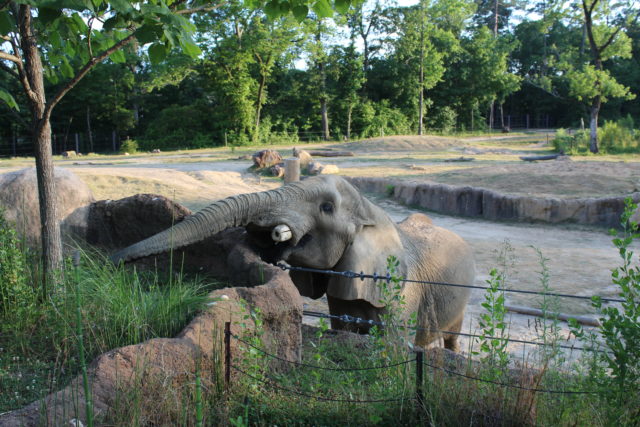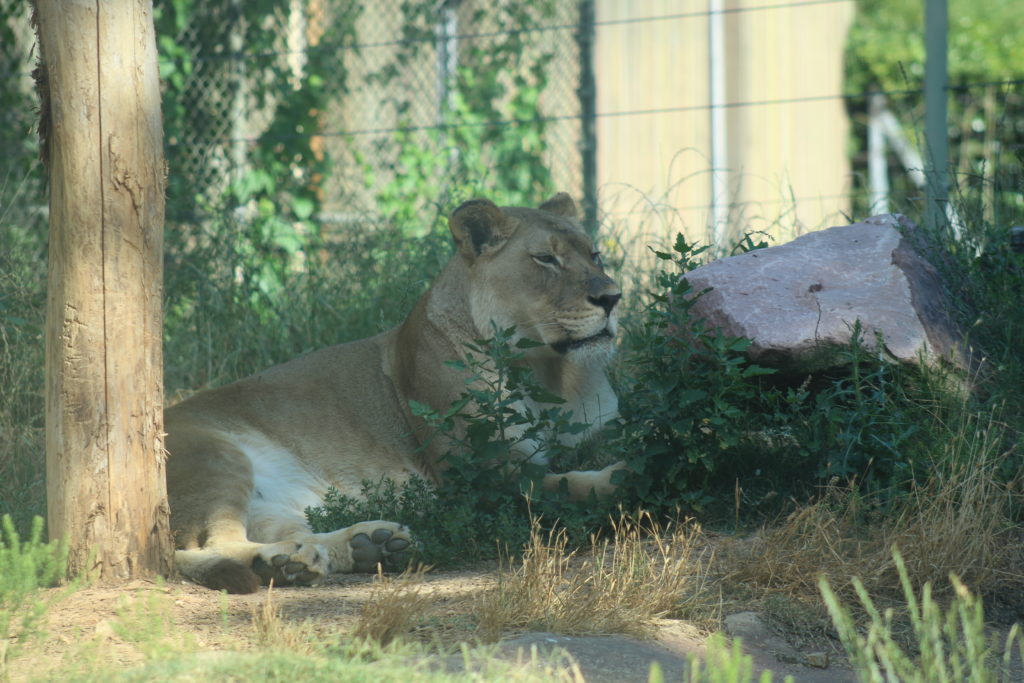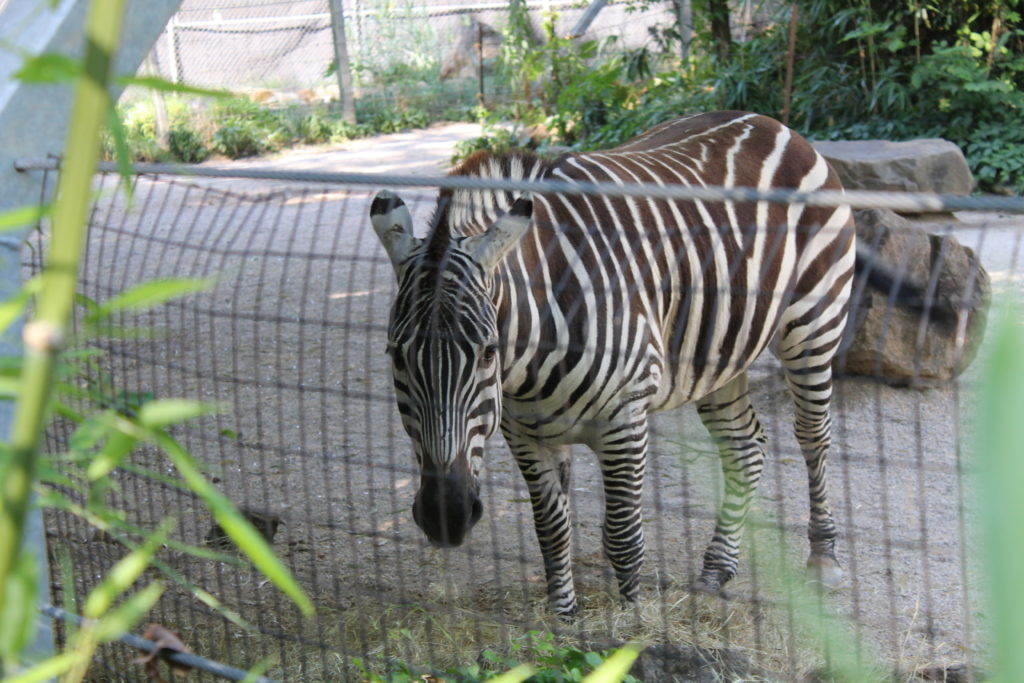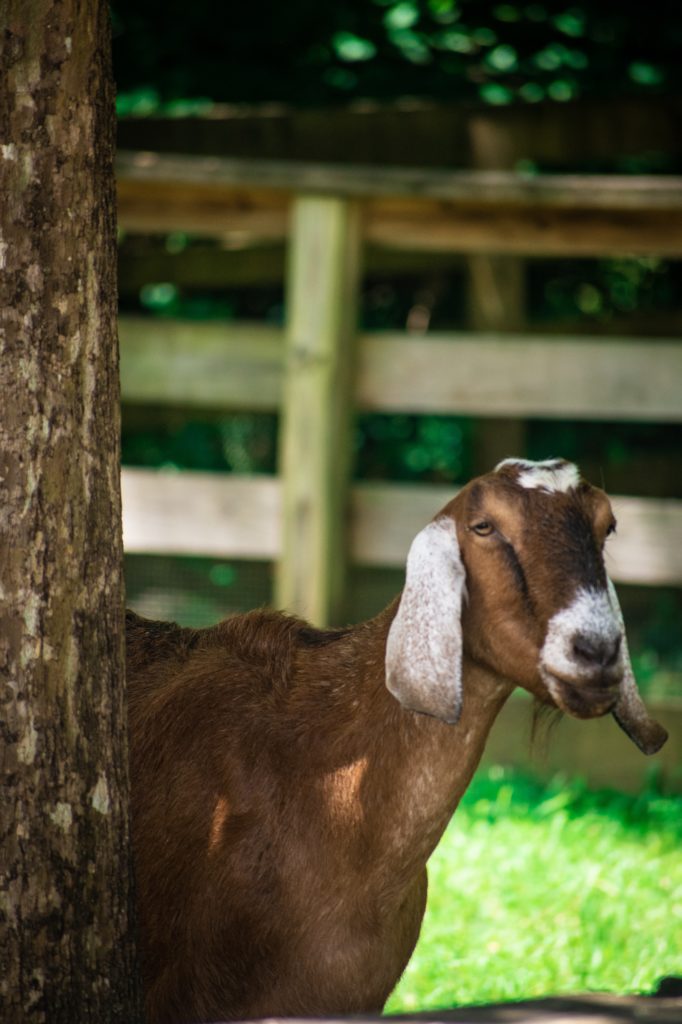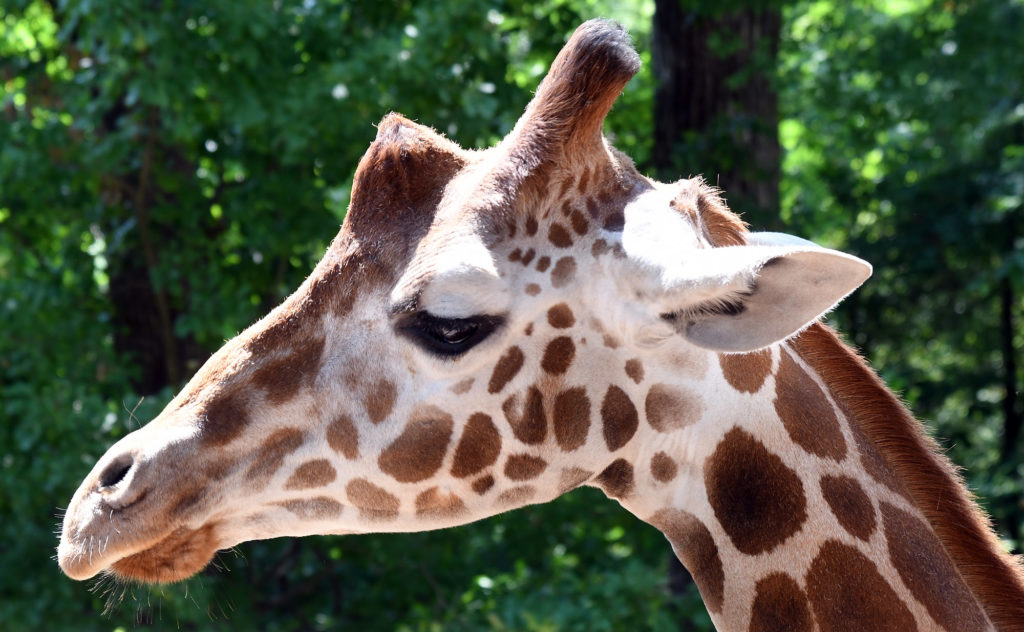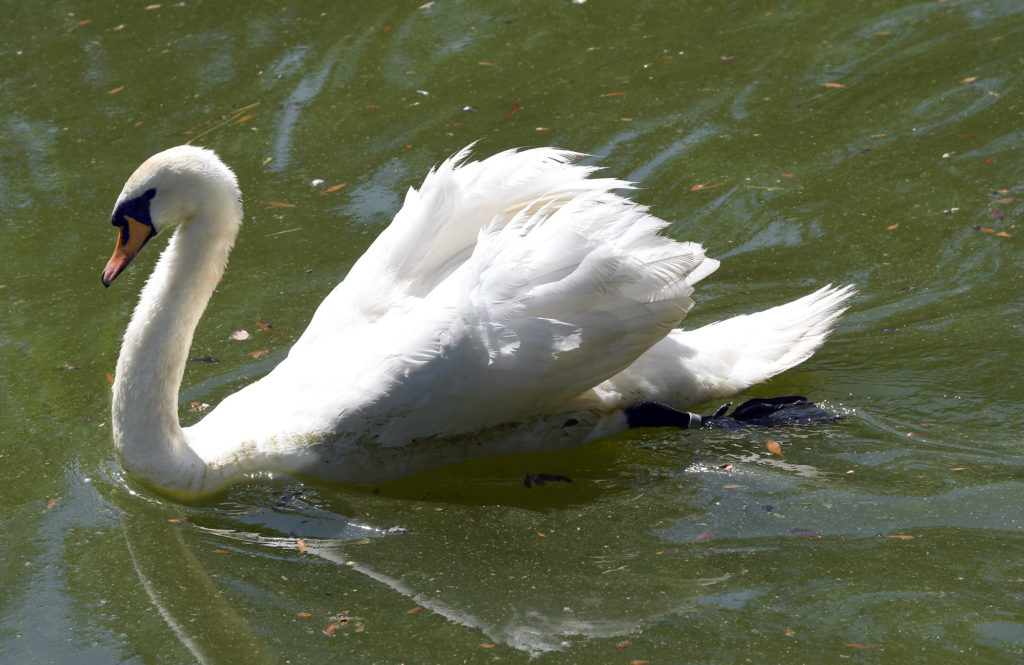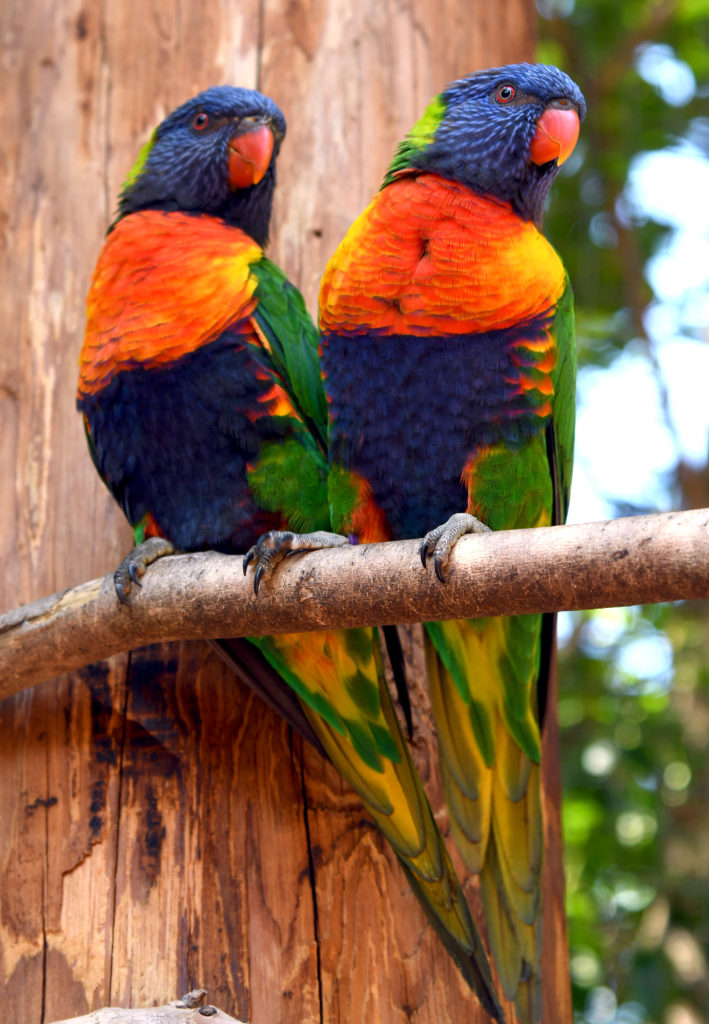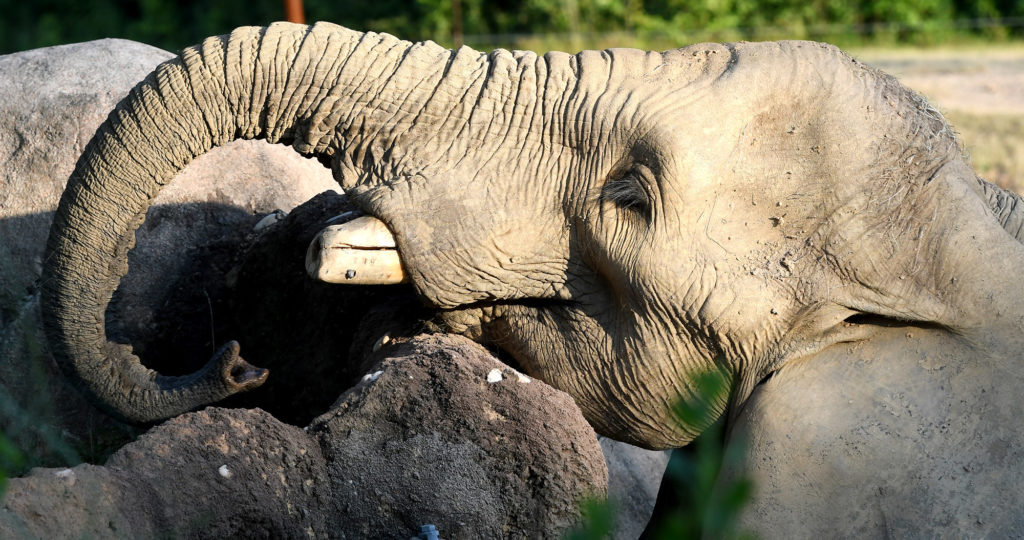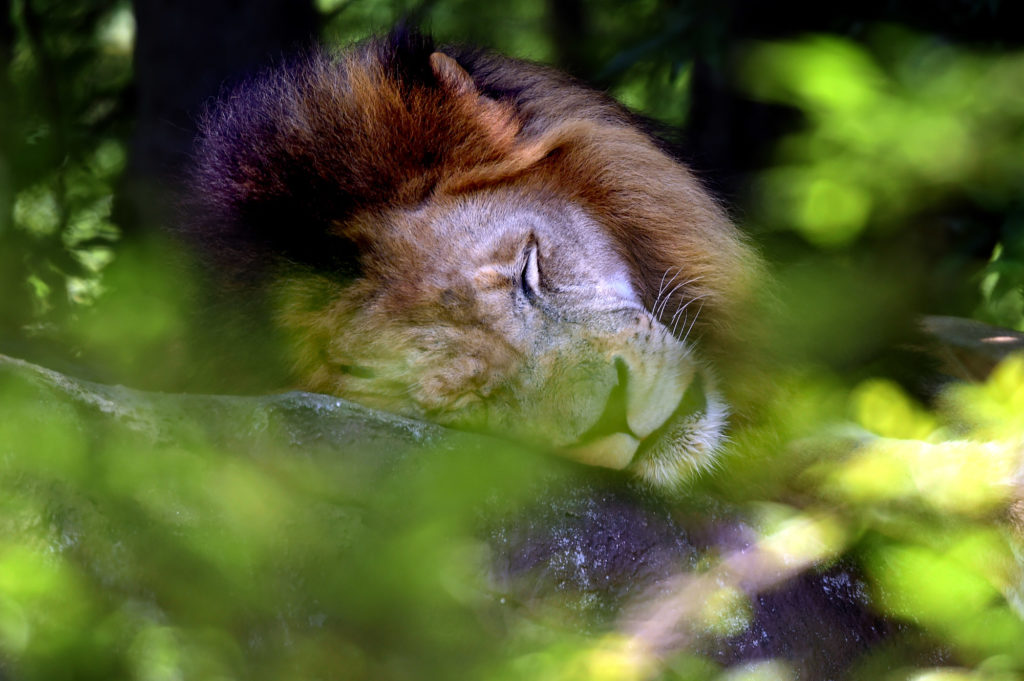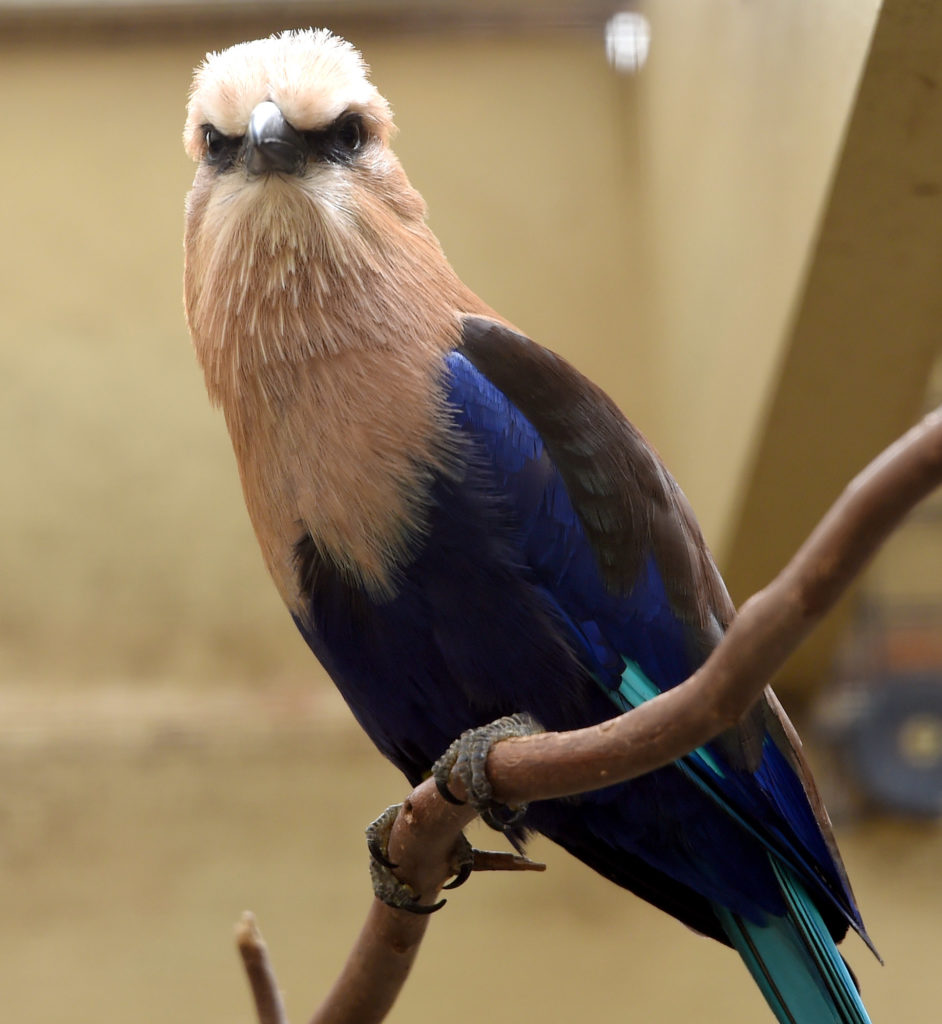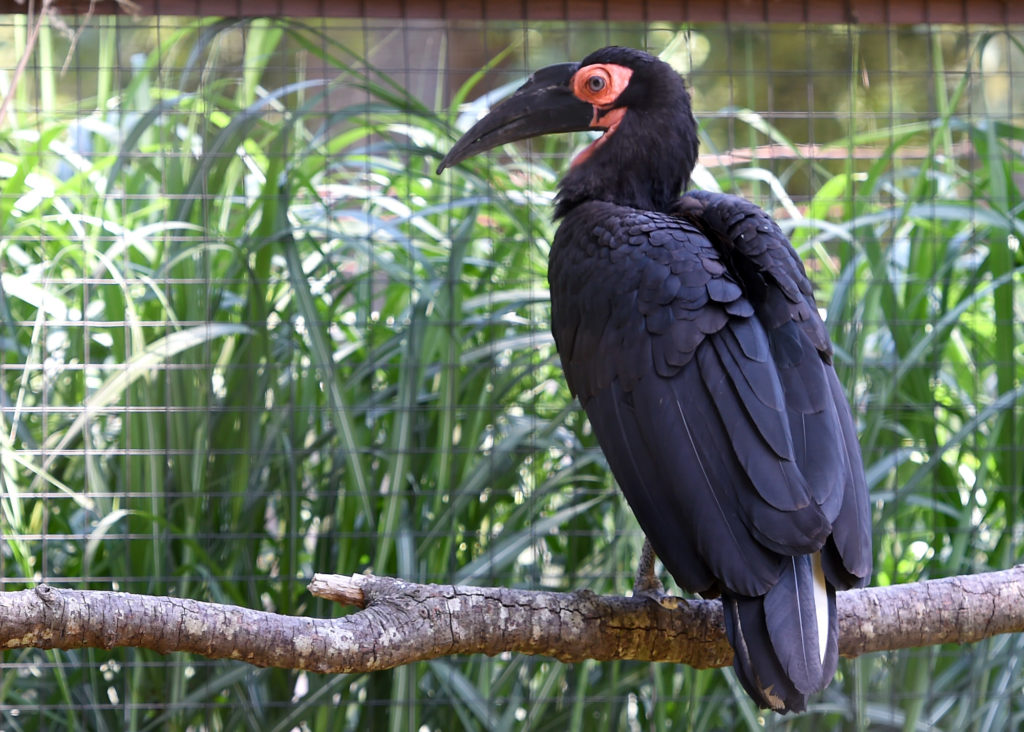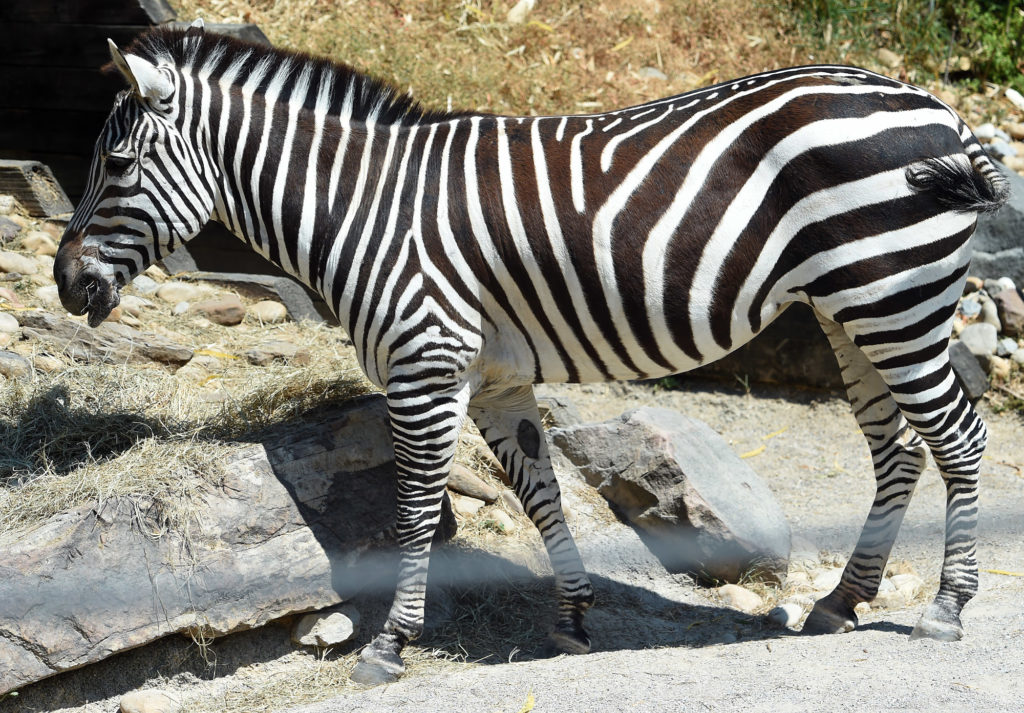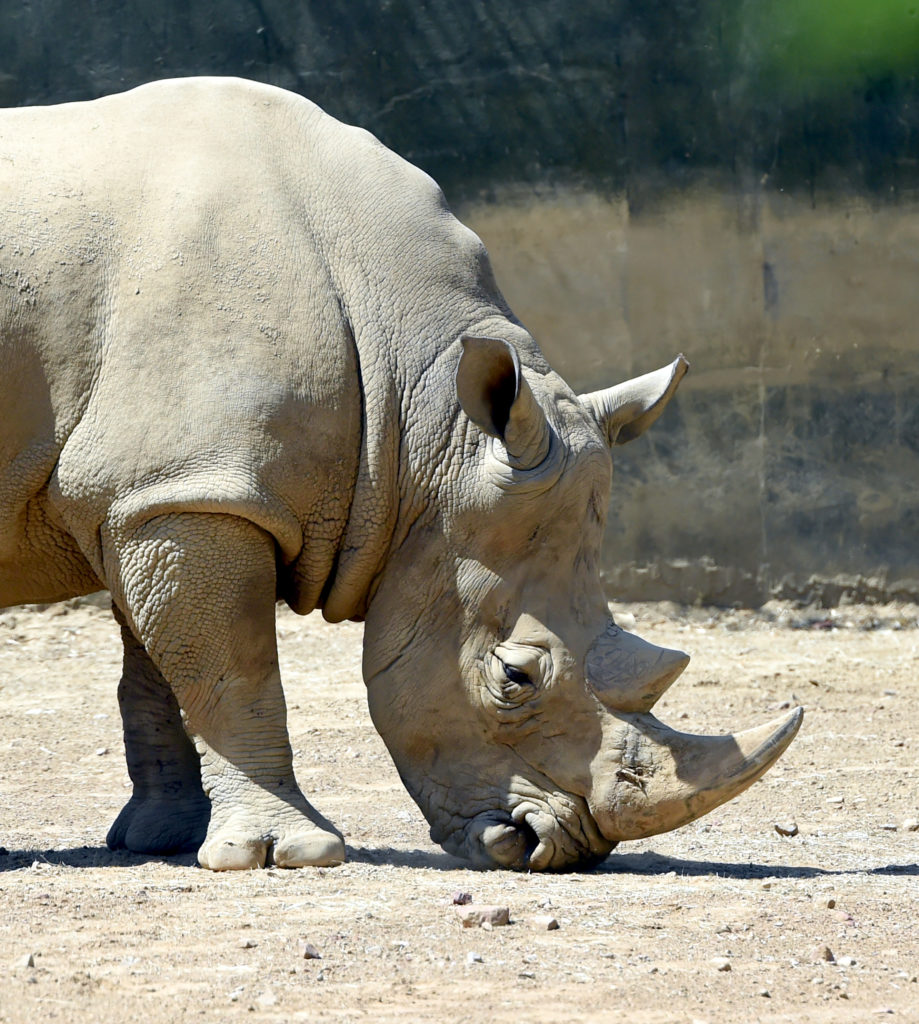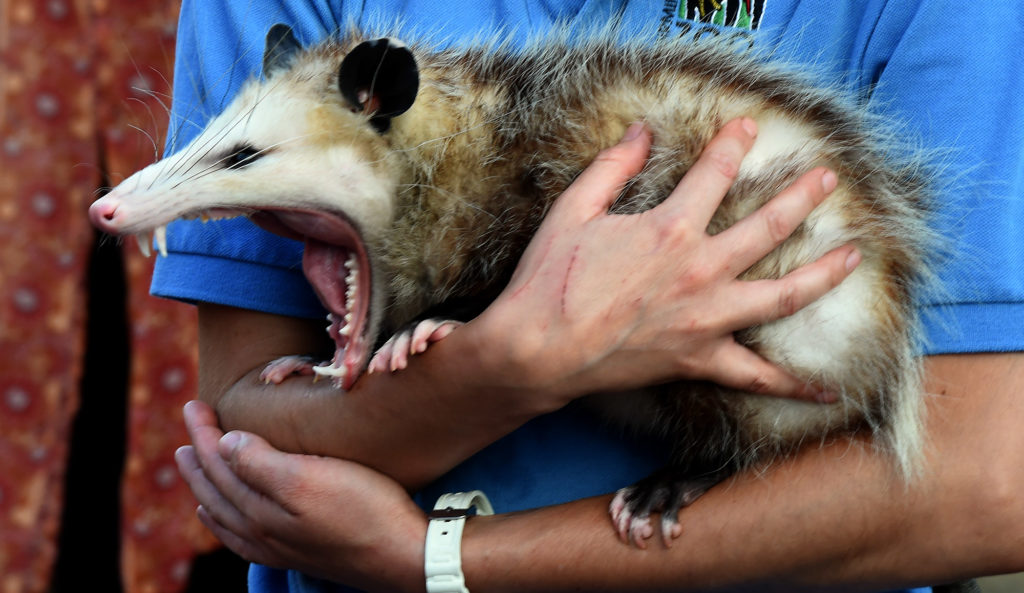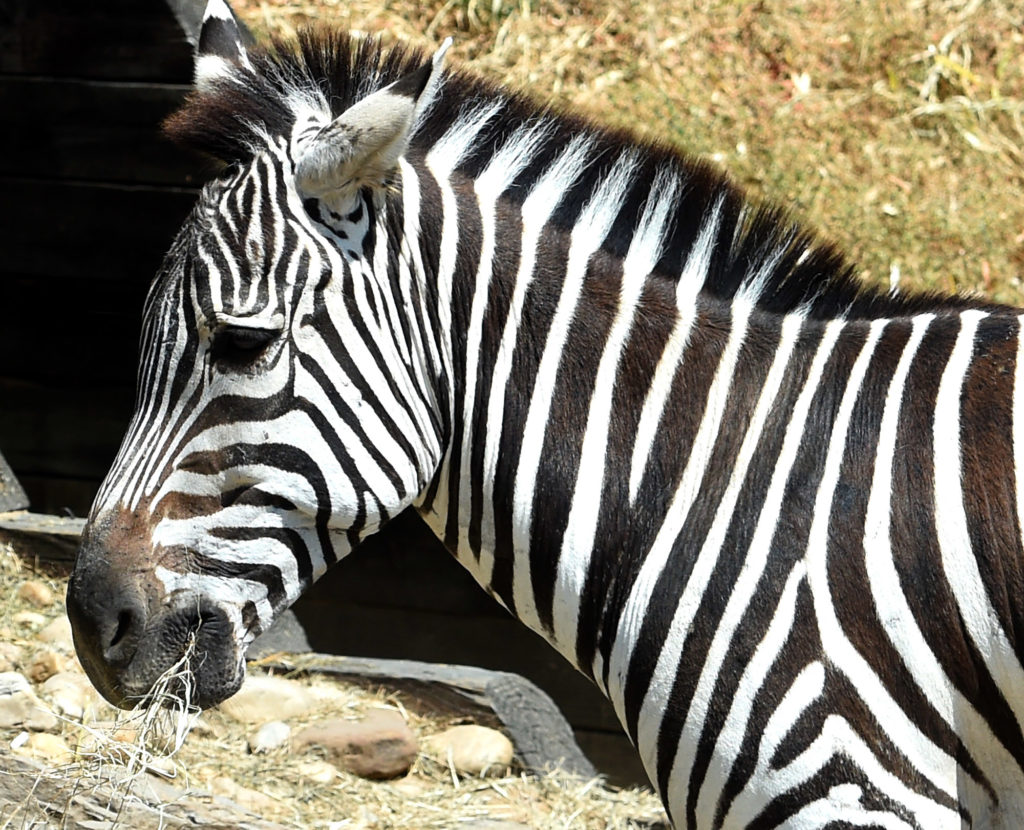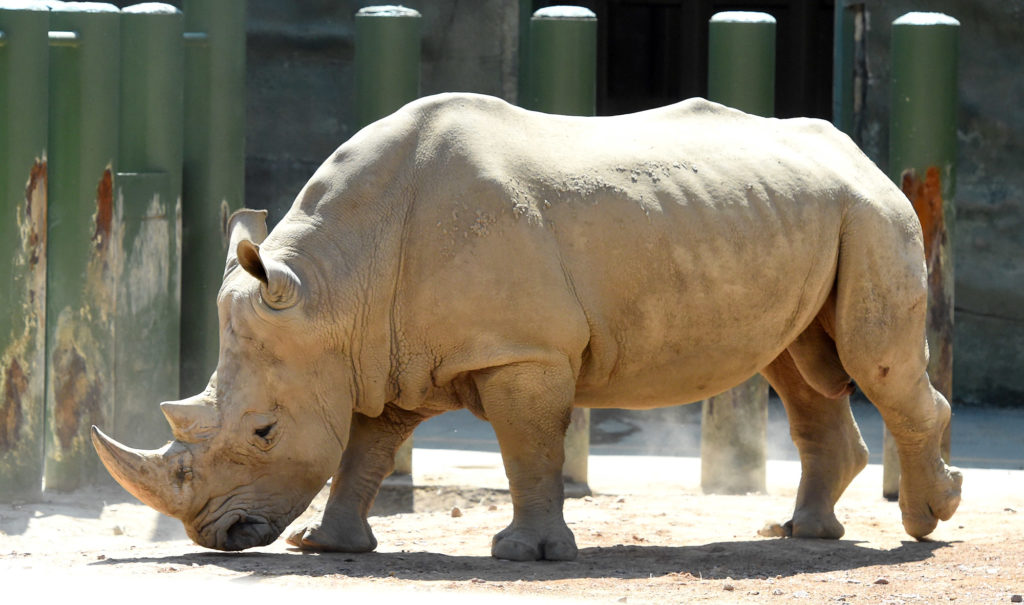By Ameera Steward
The Birmingham TimesAt one time, most animals came to the zoo from the wild, but now that’s rare, said Roger Torbert, Birmingham Zoo Vice President of Education, who added that many come from other zoos or are rescue animals.
Late last month, the Birmingham Zoo received two new elephants from San Diego: a 9–year-old named Ingadze — nicknamed Gadze — and a 10–year-old named Lutsandvo, or Luti.
The Birmingham Zoo and other zoos are part of the American Species Survival Plan (SSP), a program that ensures the survival of selected species in zoos and aquariums, particularly those that are threatened or endangered in the wild.One person working at each zoo in North America is responsible for, say, African elephants or Komodo dragons, and a list is kept of every animal in every facility accredited by the Association of Zoos and Aquariums (AZA).
Periodically, the Birmingham Zoo houses rescue animals, too, such as its American black bears.
“They were actually from the Big Sky region of Montana and had become habituated to humans to the point that they were considered a danger, so they were either … slated to be euthanized or sent to a facility,” Torbert said.
The Birmingham Zoo has historically had bears, and they were always a favorite, but it had been many years since the zoo housed the animals.
“We were talking about bringing bears in, [and] these became available. … Now they’re just wonderful additions to our collection,” Torbert said, who gives a lot of credit to the zoo’s veterinary staff for its work with the animals.
The Birmingham Zoo has approximately 350 staffers (the number fluctuates each month), including veterinarians and zookeepers.
“A pet vet really focuses on dogs and cats. Our vets have to focus on hundreds of different species …,” he said. “Our vet staff is phenomenal. … Animals in the wild don’t have somebody to check on them every time they have a cough. … Our keeper staff continually watches our animals. … Our animals are very well cared for.”
In addition to monitoring the health of the animals, steps are taken to ensure that animals feel as if they are in their natural environments. The entire zoo staff—specifically animal–care professionals, the zoo curator, zoological managers, the deputy director, the president and CEO, and the vice president of living collections—is involved in research about the nuances of each specific habitat.
For example, the Trails of Africa exhibit, which features the elephants, was built to mimic where the African savanna elephant is found.
“It’s just a big open space for the animals to walk around, Torbert said. “We make sure they have the nutrition they need and really make every effort to make sure that what they eat mimics what they would have access to in the wild.”
Birmingham Zoo President and CEO Chris Pfefferkorn added that if the animal is a digger, for instance, they want to give it dirt. Additionally, the zoo offers Environmental Enrichment, a practice “meant to improve the animals’ environments and care based on their natural behaviors and instincts,” according to AnimalSmart.com. Some forms of enrichment include placing food inside puzzles for animals, spreading an unusual scent in a habitat, or training animals in new behavior.
“In the past, people would … put [food] in a bowl, … the animal [would] eat out of the bowl, and then [someone would] clean the bowl. But how boring is that? Keepers are challenged [to] … figure out ways to challenge the animals to eat,” Pfefferkorn said.
Primates receive cut-up vegetables and chow. Instead of just placing the food in front of the animals, the keepers may put the food in a paper sack, stuff straw in the sack, roll up the sack, and then shove the sack in a cardboard box before putting it out for the animal to eat.
“The animal has to wait and figure out … how to work for food,” Pfefferkorn said. “It challenges them mentally, challenges them physically, and keeps them active. We always need to be thinking two steps ahead: … What does it mean to be an elephant? What does it mean to be an orangutan? What does it mean to be a stork? Then we try to replicate that as much as possible.”


